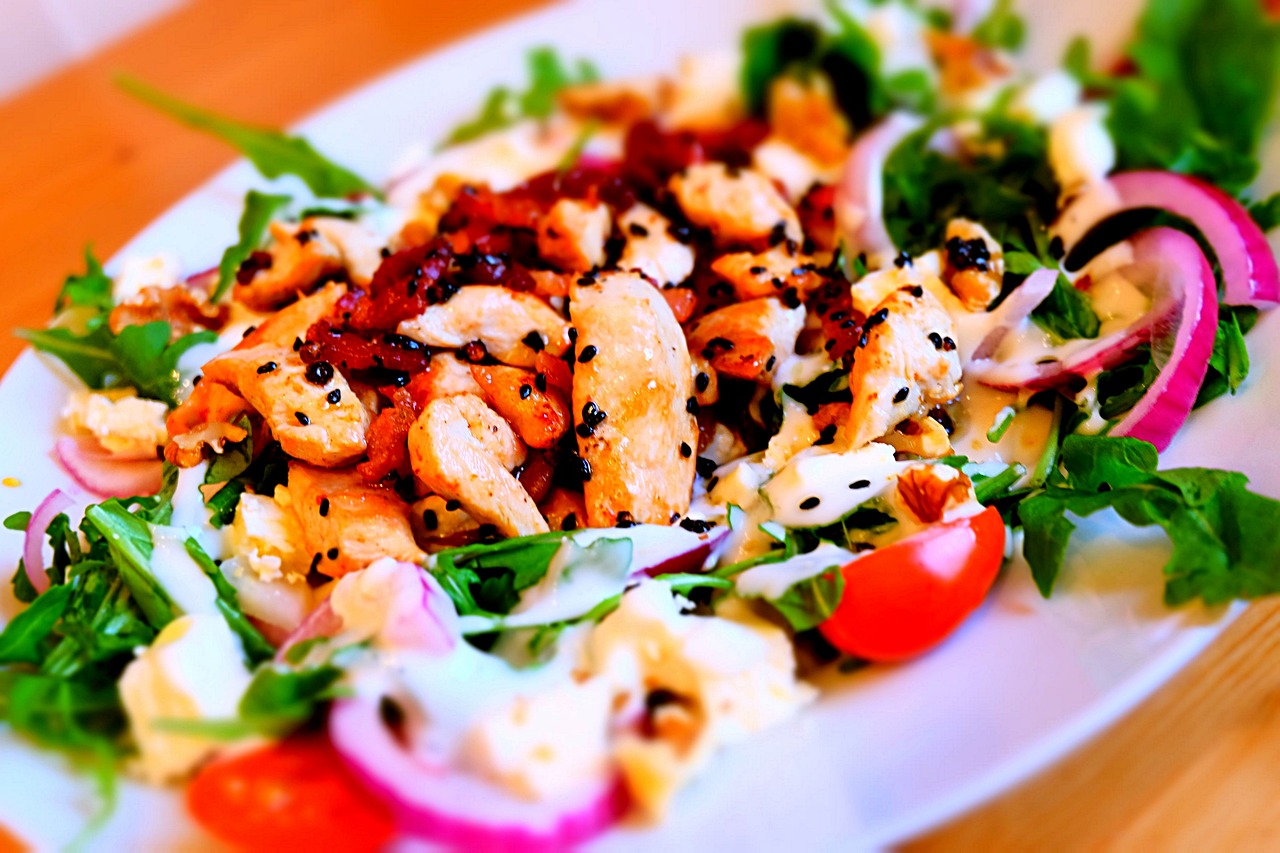If you’re eager to shed that stubborn belly fat, you might be wondering just how many sit-ups you need to do each day to see results. While sit-ups alone won’t magically melt away the fat, incorporating them into a well-rounded fitness routine could certainly help tone your midsection. In “How Many Sit-ups A Day To Lose Belly Fat,” you’ll find tips and insights on the perfect number of sit-ups to include in your daily workouts, along with other essential elements that play a crucial role in achieving your fitness goals. Dive in to discover how to effectively target belly fat and create a leaner, stronger core. Have you ever wondered how many sit-ups you need to do each day to lose belly fat? You’re not alone! Belly fat can be particularly stubborn and a common concern for many people. We often look to targeted exercises like sit-ups with the hope that they’ll provide a quick fix. But, do they really work? This article is here to guide you through the ins and outs of sit-ups, their role in burning belly fat, and how you can achieve your fitness goals more effectively and efficiently.
Understanding Belly Fat
Before jumping right into the nitty-gritty of sit-ups, it’s important to understand what belly fat is. Belly fat, often termed as abdominal fat, comes in two types: subcutaneous fat and visceral fat.
Subcutaneous Fat
Subcutaneous fat is the layer of fat right beneath your skin. This is the fat you can pinch and feel. While it’s not particularly harmful, it can impact your physical appearance and self-esteem.
Visceral Fat
Visceral fat lies deeper beneath the skin around your organs like the liver, intestines, and pancreas. It’s the more dangerous type of fat because it can lead to health complications such as heart disease, type 2 diabetes, and high blood pressure.
Why Focus on Belly Fat?
Belly fat is more than a cosmetic issue. It poses serious health risks. Whether you have a few extra pounds around your waistline or are dealing with more substantial weight gain, understanding how to effectively lose belly fat can significantly improve your overall health.
The Role of Sit-ups in Losing Belly Fat
Now that we’ve established what belly fat is and why it matters, let’s dive into the main question: how many sit-ups should you do to lose belly fat?
Are Sit-ups Effective?
Sit-ups mainly target your rectus abdominis—the long, flat muscle that extends from the pubic bone to the rib cage. While they are effective in strengthening and toning your abdominal muscles, they are not the magic solution for targeting belly fat alone. Fat loss, including belly fat, generally occurs when you burn more calories than you consume.
The Concept of Spot Reduction
Many people fall into the trap of thinking they can spot-reduce fat in specific areas by doing targeted exercises like sit-ups. Unfortunately, that’s not how it works. Spot reduction is a myth. Your body loses fat from all over, rather than targeting specific areas. Therefore, doing thousands of sit-ups alone won’t directly lead to belly fat loss.
Calories Burned by Sit-ups
Sit-ups do burn calories, but the number is relatively small. Here’s a quick approximation:
| Weight (lbs) | Sit-ups per minute | Calories Burned per minute |
|---|---|---|
| 125 | 20 | 5 |
| 155 | 20 | 6 |
| 185 | 20 | 7 |
While these numbers can add up, they may not be enough to create the calorie deficit needed for significant weight loss.
Building a Comprehensive Fat Loss Strategy
So, if sit-ups alone aren’t enough to lose belly fat, what should you do? Let’s create a comprehensive strategy that incorporates various elements.
Diet
Your diet plays a significant role in fat loss. Eating a balanced diet that includes lean proteins, complex carbohydrates, healthy fats, and plenty of fruits and vegetables is crucial.
Caloric Intake and Deficit
To lose weight, you generally need to create a caloric deficit, meaning you burn more calories than you consume. Use a combination of diet and exercise to achieve this deficit.
Healthy Eating Tips
- Consume Whole Foods: Foods high in fiber like fruits, vegetables, and whole grains keep you fuller for longer.
- Avoid Processed Foods: Processed foods often contain unhealthy fats and sugars.
- Stay Hydrated: Drinking plenty of water helps control hunger and maintain overall health.
Cardiovascular Exercise
Cardio exercises help burn calories and can significantly contribute to fat loss. These exercises increase your heart rate and burn more calories than weight training alone.
Types of Cardio Workouts
- Running/Jogging: Great for burning calories and building cardiovascular strength.
- Cycling: Both outdoor and stationary cycling are effective.
- Swimming: A full-body workout that is easy on the joints.
- HIIT (High-Intensity Interval Training): Short bursts of intense exercise followed by rest periods.
Strength Training
Strength training helps build muscle mass, which in turn increases your resting metabolic rate—meaning you’ll burn more calories even while at rest.
Effective Strength Training Exercises
- Weight Lifting: Use free weights or machines.
- Bodyweight Exercises: Push-ups, squats, and lunges.
- Resistance Bands: An excellent way to add resistance to your workouts.
Core Exercises
While sit-ups are a good start, they shouldn’t be your only core exercise. A strong core is beneficial for overall health and stability.
Core Exercises to Include
- Planks: Excellent for building overall core strength.
- Russian Twists: Targets the oblique muscles.
- Leg Raises: Focuses on the lower abdomen.
- Bicycle Crunches: Works multiple areas of the core.
Combining Sit-ups with a Holistic Approach
Daily Routine
Incorporating sit-ups into a comprehensive workout routine can be beneficial. Below is an example weekly plan:
| Day | Activity |
|---|---|
| Monday | 30 minutes of running + 10 minutes of core exercises |
| Tuesday | 45 minutes of strength training (upper body) |
| Wednesday | 30 minutes of cycling + 10 minutes of core exercises |
| Thursday | Active rest (e.g., walking, stretching) |
| Friday | 45 minutes of strength training (lower body) |
| Saturday | 30 minutes of swimming + 10 minutes of core exercises |
| Sunday | Rest |
How Many Sit-ups to Do Daily?
To strengthen and tone your abdominal muscles, aim for 3 sets of 15-20 sit-ups initially. Gradually increase the number as your core strength improves. Remember, quality is more important than quantity.
The Role of Consistency and Patience
Consistency
Achieving fitness goals takes time and effort. Consistency in your workout routine and diet is key. Missing a few days isn’t the end of the world, but strive to follow your plan as closely as possible.
Patience
Fat loss, especially belly fat, takes time. Focus on gradual progress rather than expecting quick results. Be patient and trust the process.
Tracking Your Progress
Keeping track of your progress can help you stay motivated. Some ways to do this include:
Metrics to Track
- Weight: Keep an eye on your overall weight loss.
- Body Measurements: Track waist, hip, and other body part measurements.
- Fitness Levels: Note improvements in your strength and stamina.
Tools to Use
- Apps: Many fitness apps can help you track your exercises and diet.
- Journals: Writing down your progress can be surprisingly motivating.
- Wearable Devices: Fitness trackers can monitor your heart rate, steps, and calories burned.

Common Challenges and How to Overcome Them
Lack of Motivation
It’s normal to feel a lack of motivation at times. Try setting smaller, achievable goals and celebrate when you meet them.
Time Management
Finding time to work out can be challenging. Scheduling your workouts like any other important meeting can make it easier.
Plateaus
Hitting a plateau can be frustrating. Change up your routine to keep your body guessing and continue making progress.
Expert Advice and Recommendations
For personalized recommendations, consider consulting a fitness expert or nutritionist. They can provide you with a tailored workout and diet plan based on your specific needs and goals.
Final Thoughts
So, how many sit-ups a day to lose belly fat? While sit-ups are great for strengthening your core, they aren’t the standalone solution for losing belly fat. A comprehensive approach involving a balanced diet, cardiovascular exercise, strength training, and a mix of core exercises is the most effective way to lose belly fat. Stay consistent, be patient, and you’ll see the results over time. You’re on the right path, and every step counts!




